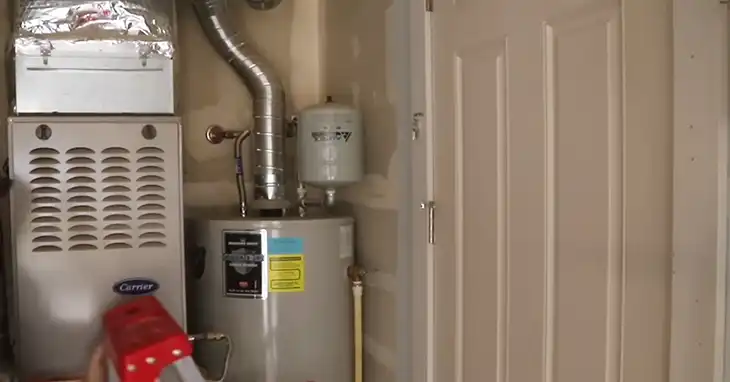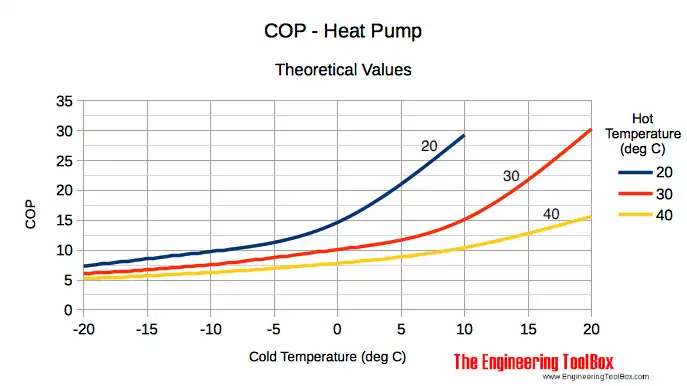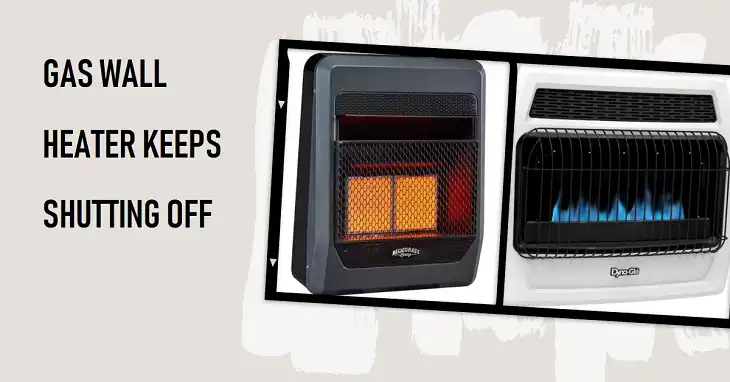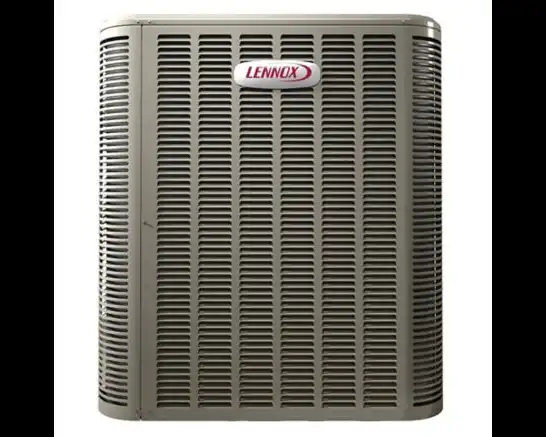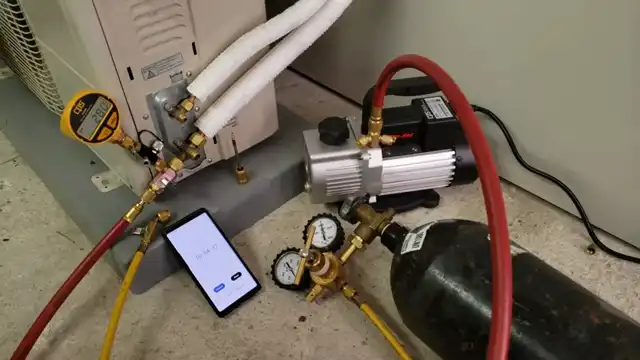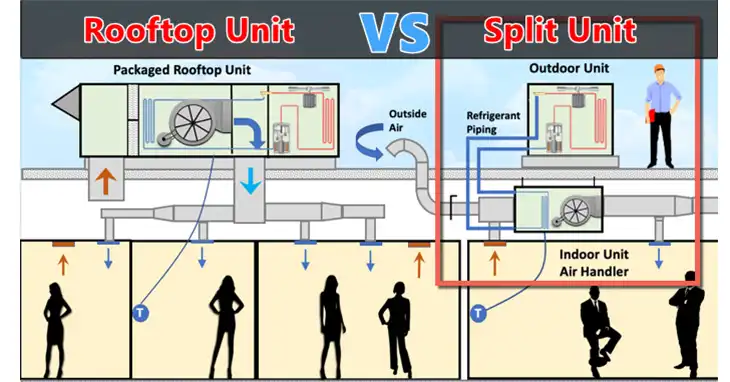How to Prevent Plumbing and Heating Vent Stack Freeze-Up?
Plumbing and heating vent stack freeze-up can cause serious issues in cold climates, potentially leading to backed-up drains and carbon monoxide buildup. This problem typically occurs when warm, moist air from your home’s plumbing system meets frigid outdoor temperatures, causing condensation to freeze inside the vent stack. To prevent freeze-up, ensure proper insulation, consider installing a frost-free cap, and maintain adequate heat in your home. Read on to discover comprehensive strategies for protecting your vent stack and keeping your plumbing system running smoothly all winter long.
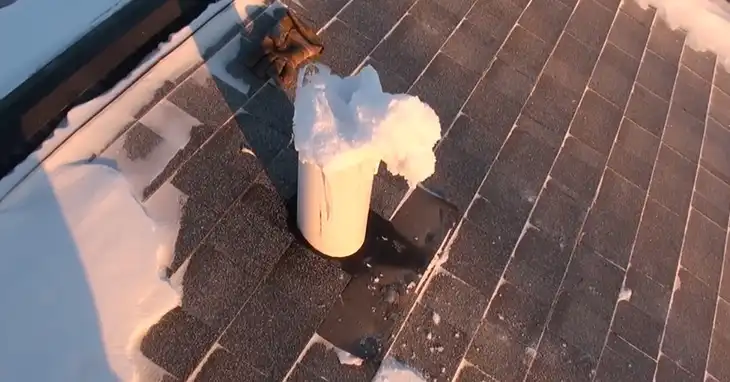
Why Vent Stacks are Prone to Freezing
Before we dive into prevention methods, let’s briefly explore what vent stacks are and why they’re prone to freezing. Vent stacks are vertical pipes that extend above the roof of a building, allowing air to circulate and gases to escape from the plumbing and heating systems. They are commonly made of materials like cast iron or PVC.
Several factors can contribute to vent stack freezing, including the stack’s location, insulation level, and the climate in your region. Stacks that are exposed to the elements for a longer distance or lack proper insulation are more susceptible to freezing, especially in areas with prolonged cold temperatures.
That’s why it’s important to take preventive measures to prevent freeze-ups in vent stacks. But how do you do it?
Minimizing Exposed Vent Stack Length
One effective way to reduce the risk of freezing is to minimize the exposed length of the vent stack. The science behind this is simple: a shorter vent spends less time in the cold zone, reducing the chances of moisture condensation and subsequent freezing.
However, it’s important to note that building codes in your area may have requirements for the minimum vent stack height. Be sure to check your local codes before considering any modifications to the vent stack’s length. Failing to comply with these codes can lead to potential legal issues and compromise the proper functioning of your plumbing and heating systems.
Pro Tip: Always consult a professional or your local building authority to ensure any changes to your vent stack height comply with relevant codes and regulations.
Insulating Exposed Vent Stacks
If shortening the vent stack isn’t an option or doesn’t provide sufficient protection, insulating the exposed portions can be an effective solution. There are several types of insulation materials suitable for this purpose:
- Fiberglass Batts: These are easy to use and relatively inexpensive, but they may be less effective in damp environments like attics.
- Foam Pipe Wrap: This insulation is more efficient and moisture-resistant, making it a better choice for vent stacks in attic spaces.
- Rigid Foam Insulation Boards: These boards offer excellent insulation properties and can be used to create a complete insulated enclosure around the vent stack. However, their installation can be more complex.
For DIY insulation, follow these steps:
- Measure the exposed vent stack length and purchase the appropriate amount of insulation material.
- Carefully cut the insulation to fit snugly around the vent stack, ensuring a tight seal.
- Securely fasten the insulation using appropriate fasteners or adhesives.
- Wear protective gear like gloves and a respirator when working with materials like fiberglass.
If you’re unsure about tackling this project yourself or have a particularly complex vent stack configuration, consider hiring a professional. Their expertise can ensure proper installation and maximize the effectiveness of the insulation.
Using Heat Tape for Persistent Freezing
In regions with prolonged freezing temperatures or for vent stacks that are particularly susceptible to freezing, heat tape can be a valuable addition to your prevention efforts. Heat tape is a cable or tape that generates heat when plugged in, helping to prevent ice buildup in the vent stack.
When installing heat tape, it’s essential to follow the manufacturer’s instructions carefully and use a product specifically designed for plumbing applications. Improper installation or using the wrong type of heat tape can pose a fire hazard.
Additionally, consider using a thermostat-controlled heat tape system. This will ensure the tape only generates heat when necessary, preventing overheating and reducing energy consumption.
Maintaining Vent Cap and Ventilation
Another crucial aspect of frozen vent stack prevention is maintaining a clear vent cap and proper attic ventilation. A vent cap that’s obstructed by debris, such as leaves or snow, can restrict airflow and increase the risk of freezing.
Proper attic ventilation also plays a role in moisture control. Good ventilation helps prevent condensation buildup, reducing the amount of moisture that could potentially freeze in the vent stack.
Preventative Use of Hot Water
For homeowners with infrequently used drains, such as floor drains or guest bathroom sinks, running hot water regularly can help prevent ice buildup and potential freezing. The hot water causes any accumulated moisture to evaporate, reducing the chances of freezing in these rarely used drain traps.
During cold snaps or extended periods of freezing temperatures, consider running hot water for a few minutes every few days in these infrequently used drains as a preventative measure.
What Are the Signs of a Frozen Vent Stack
Despite your best efforts, it’s still possible for a vent stack to freeze up during extreme conditions. Be on the lookout for these telltale signs:
- Slow-draining toilets and sinks: A blocked vent stack can cause water to drain sluggishly from your fixtures.
- Gurgling sounds when draining water: Air trapped in the drainpipes due to the blocked vent can create gurgling noises.
- Sewer gas odors in the house: If you notice foul odors, it could be a sign that sewer gases are seeping back into your home due to the frozen vent stack.
If you suspect a frozen vent stack, it’s crucial to address the issue promptly to avoid potential health risks and further damage.
How to Thaw a Frozen Vent Stack
While attempting to thaw a frozen vent stack yourself may be tempting, it’s important to prioritize safety. Never try to access the roof in freezing weather conditions, as the risk of slipping and falling is extremely high.
If the frozen vent stack is accessible from the attic and it’s safe to do so, you can try increasing the attic temperature by opening the hatch and allowing warmer air to circulate. However, be aware that this method may increase your heating costs.
For stubborn frozen vent stacks or situations where there’s a risk of pipe damage, it’s best to call a licensed plumber for professional assistance. Attempting to thaw a frozen vent stack improperly can lead to costly repairs and potential safety hazards.
Common Vent Stack Troubleshooting
Sometimes, it can be challenging to distinguish between a frozen vent stack and other plumbing issues like clogged drains. To help you troubleshoot the problem, refer to the following table:
| Symptom | Potential Cause | Recommended Action |
| Slow drains in multiple fixtures | Frozen vent stack | Inspect vent stack for ice buildup, consider thawing methods |
| Slow drain in single fixture | Clogged drain | Use a plunger or snake to clear the clog |
| Gurgling sounds when draining | Frozen vent stack or partial clog | Inspect vent stack, use a plunger or snake to clear any clogs |
| Foul odors | Frozen vent stack or sewer issue | Inspect vent stack, contact a plumber if odors persist |
If you’re still unsure about the cause of the issue or need assistance with thawing a frozen vent stack, it’s always best to contact a licensed plumber for professional help.
Summing Up
Preventing a plumbing and heating vent stack from freezing up during the winter months is crucial to avoiding drainage problems, foul odors, and potential health risks. By taking proactive measures like minimizing exposed vent stack length, insulating properly, and using heat tape or running hot water in seldom-used drains, you can greatly reduce the chances of a frozen vent stack situation.
Regular inspections, maintaining vent caps and proper attic ventilation, and being aware of the signs of a frozen vent stack can also help you catch and address any issues early on. And when in doubt or faced with a stubborn frozen vent stack, don’t hesitate to seek professional assistance from a licensed plumber.
Frequently Asked Questions
How to unfreeze a plumbing stack?
If your plumbing vent stack has frozen, you can try using a heat gun or hair dryer to slowly thaw the ice buildup. Apply the heat source gradually and evenly along the length of the frozen vent. You can also wrap heating cables or tape around the vent stack and allow them to heat up the pipe. However, be very cautious when working with heat sources near combustible materials. If the freeze is stubborn or you cannot safely access the vent, it’s best to call a professional plumber.
What can block a vent stack?
Several things can potentially block a plumbing vent stack, including debris, ice buildup, obstructions, moisture buildup, sludge, or residue within the vent over time.
How to keep a bathroom vent from freezing?
To prevent bathroom vents from freezing insulate the vent pipe thoroughly, especially sections that run through unheated spaces. You can also use a vent pipe insulation box or enclosure for added protection. Finally, ensure the bathroom has adequate ventilation to reduce moisture buildup
How do you clear a plumbing vent stack?
To clear a blocked plumbing vent stack remove any visible debris from the vent cap, use a plumber’s snake or auger to dislodge clogs within the pipe, and pour a vent-clearing product down the stack to help dissolve the buildup. As a last resort, you may need to disassemble sections of the vent to manually clear the obstruction
How do you stop cold air coming through my vents?
Seal any leaks or gaps around vent covers and ductwork using caulk or metal tape and ensure ductwork is properly insulated, especially sections running through unheated spaces. Check that vent dampers are operating correctly and closing fully when the system is off.

